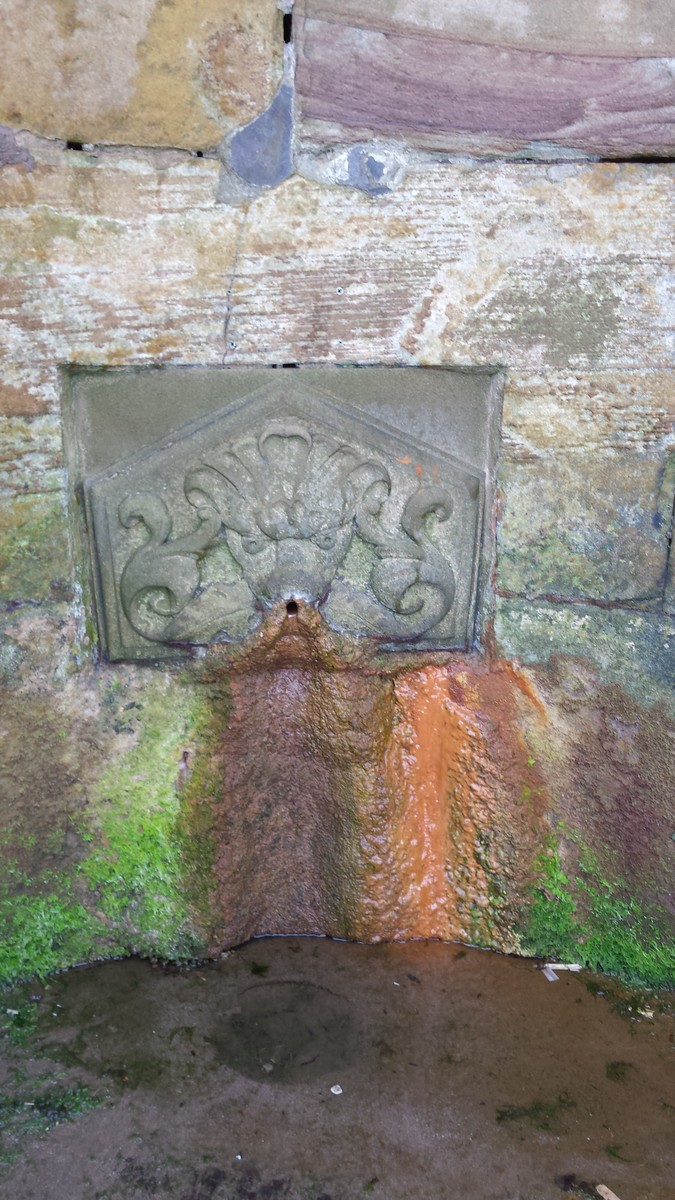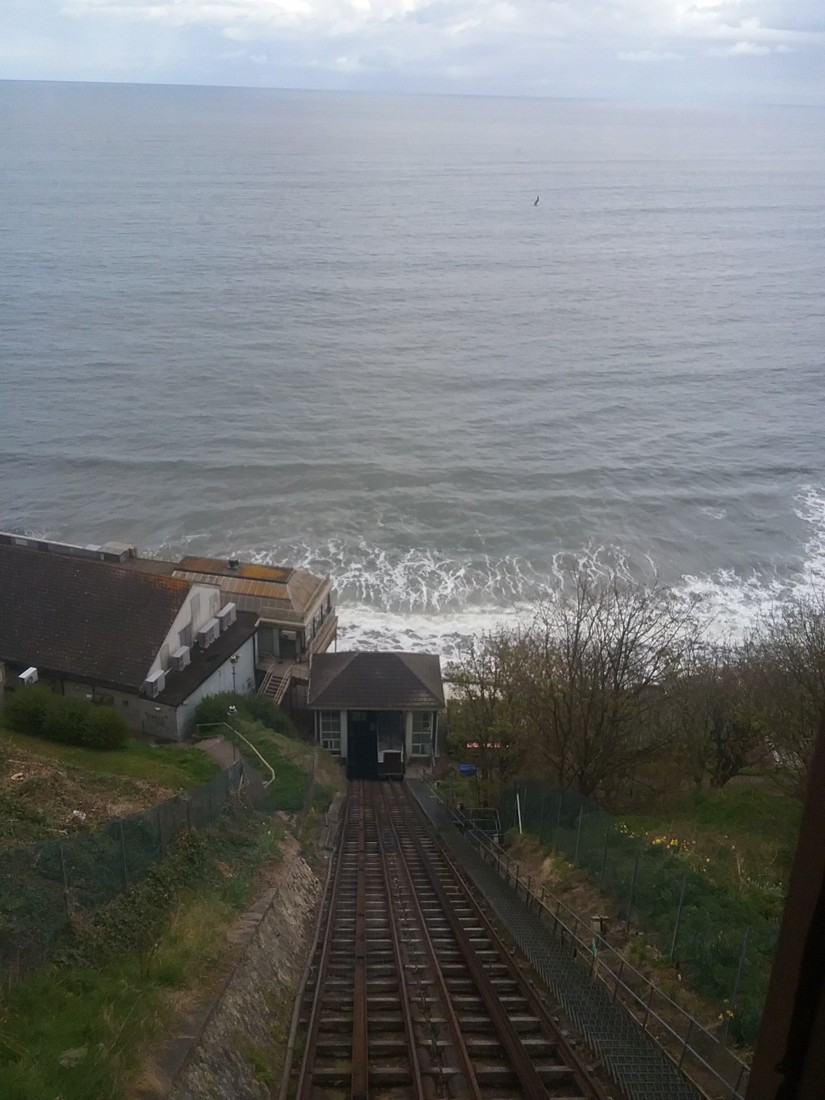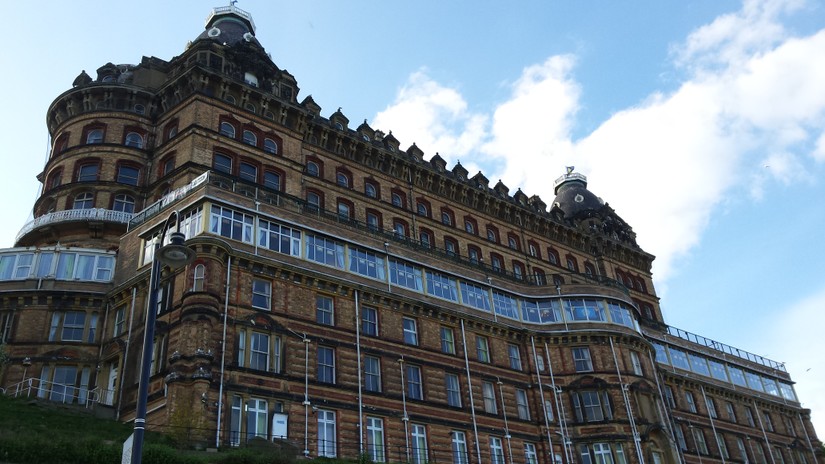Scarborough: The first seaside resort?
24/08/2017 | Andy Sherman
There are several towns around the coast of England that can claim to be the country's 'first seaside resort' including Brighton and Southend-on-Sea. In the North of England though our money is on Scarborough. A Victorian tourist guide described Scarborough as "spread out like an amphitheatre upon a bay and promontory, its houses rise tier behind tier away from the sea. The season here lasts from May to October, and during the greater part of this time the fashionable South Cliff, with its terraces, walks, and handsome music-hall, is crowded with pleasure seekers from all parts of the Kingdom. The bathing at Scarborough is famous" (Sackett 2006).

Several hundred years earlier in the 17th century the tourist experience in Scarborough wasn't about genteel promenading or buckets and spades, it was about the 'healthy properties' of the local mineral rich water. These 'medicinal' properties were supposedly identified by a local woman called Mrs Farrow (or Farrer) in 1626. Nick Crane describes her as coming across "a spring surrounded by a curious stain. She found it at the foot of the cliff half a mile or so south of the harbour. Curious, she drank from the spring and discovered that it 'opened the Belly'. Spontaneous bowel evacuation on a beach might not sound like an agreeable coastal pastime, but it propelled Mrs Farrow into the history books" (Crane 2012, 212). By the end of the 17th century several books written by doctors, geographers and early holiday makers all enthused about the wonderful benefits of the town's water supply. Perhaps the most enthusiastic writer was Robert Wittie, a doctor from Hull, who claimed the spa's water was "good against diseases of the head, as the Apoplexy, Epilepsy, Catalepsie, Vertigo" and that Scarborough's spa was "the best of them all either Germane or English" (Crane 2012; Brodie and Winter 2007).
By 1735 female sea-bathers in the town had been provided with several helpful aids including "Guides, Rooms and Conveniences" although it was the habit of men to jump into the water from local boats (Brodie and Winter 2007, 94).

Before the railways pushed out to the seaside large numbers of visitors came to coastal resorts by boat; as a result landing stages were built and stone piers, (originally constructed for fishing boats), were improved to host passenger traffic. Scarborough was no different and by the 1730s the harbour was improved and enlarged (Wills and Phillips 2014). With the coming of the railways and more public holidays the seaside became an increasingly popular destination for day trips and resorts provided facilities for visitors to enjoy including pleasure piers, viewing towers and winter gardens.
At Scarborough a pleasure pier was built between 1866 and 1869 to a length of 1000 feet (305m) at a cost of £12,135. Sadly the pier suffered frequent damage from steamships, requiring £10,000 worth of repairs in 1889 after a particularly violent collision. By 1904 the pier was no longer profitable and was sold by its owner, only for it to be irrevocably damaged in a storm a year later and demolished (CITiZAN feature 28896). A large aquarium was built by Eugenius Birch in 1877 (who also built the pier), in what would become his signature Indo-Moorish style. Inside the building the aquarium featured caves and grottos that complemented the fishtanks, in which swimmers staged exhibitions during the summer season (Brodie and Winter 2007, 143-144; Pearson 2002). By 1914 the town also boasted four cinemas close to the seafront. Scarborough was also at the forefront of tourist attraction design, building what is thought to be the first cliff railway designed to carry passengers in 1875. For the price of 1p thrill seekers could ride between the clifftop hotels at South Cliff to the attractions of the seafront, including the famous spa, which was only a short distance from the lower station (Historic England list entry: 1400166).

The popularity of Scarborough as a holiday destination during the late-19th and early-20th century is perhaps best demonstrated by two buildings, the town's train station and the Grand Hotel. The train station was originally built in 1845, but the town was so popular with day trippers that the building had to be expanded in 1859 and then again in 1883 (Historic England list entry: 1243663). The Grand Hotel opened on St Nicholas Cliff in 1867 with 300 rooms all of which contained baths that could be filled directly from the sea with cold, salty water. When the hotel opened it was purportedly the largest hotel in Europe (Brodie and Winter 2007).

During the resorts Victorian golden period the town even had regular Royal visitors, when the Prince of Wales would visit the town's impressive spa, making it the most fashionable place to been seen about town. Although not as popular today, people still flock to Scarborough to enjoy the resorts sun, sand and sea, just like they have for the last 300 years.
Brodie A and Winter G, 2007, England's seaside resorts, English Heritage
Crane N, 2012, Coast our island story, A journey of discovery around Britain and Ireland, BBC Books
Pearson LFP, 2002, Piers and other seaside architecture, Shire Books
Sackett T (ed), 2006, The Great British pier with photographs from the Francis Forth collection and a Victorian commentary to the resorts, Bounty Books
Wills A and Phillips T, 2014, British seaside piers, English Heritage








